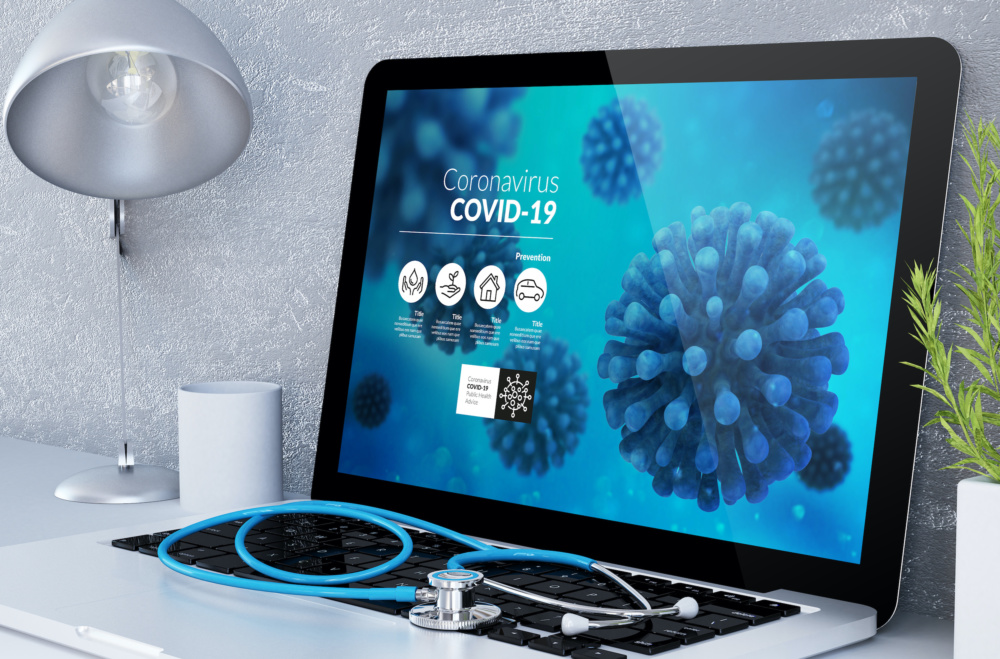Written by Tom Miller on behalf of Vision33
When industry experts comment on medical device manufacturers, they seem to focus on things like FDA approvals, quality systems, and 501(K) clearance. Those topics certainly are important; however, we should emphasize the importance of enterprise resource planning (ERP) for medical device manufacturers. Now you might say, “ERP is overkill for my small medical device start up; we only have four people working here and QuickBooks handles our accounting just fine.”
However, at this rate, it will be ten more years before you see that ten-digit check in the bank. Despite having invested in the development of an innovative medical device, and having a promising market outlook, you might none the less encounter difficulty before getting your product to market. As your business becomes more complex, your business systems may cause a bottleneck that stunts growth early on. By preempting growth and adopting an ERP system sooner, medical device manufacturers can start experiencing benefits early on – instead of ten years from now.
Consider this scenario: an engineer employee of a medical device company creates a revision X1 drawing of a small intricate plastic component and sends the drawing to a plastic manufacturer asking for a quote. This action begins a conversation between the engineer and the plastic manufacturer. The desired component cannot be made by the plastic manufacturer as drawn; and after several revised drawings, the company’s engineer sends a spreadsheet-generated purchase order for 100 pieces of the component as revision X8.
If this medical device manufacturer had an ERP system, the chain of events would be different. The component part number and the X1 drawing would be fully documented in the ERP system. The ERP system, would note each subsequent drawing and revision in the part master record. Further, the ERP system would generate the purchase order (PO) and copies the part and revision into the PO. The PO record could also include accounting data, such as the engineering expense account to be charged. The PO could also include an inspection requirement. If the purchase is to manufacture inventory there will be a record of the PO receipt and any other transactions related to the PO that includes the date and time of the transactions and the person who performed them.
These are the kind of transactional documents required for Good Manufacturing Practices (GMP), regardless of whether your company is a startup or an established company setting up for IPO or sale. By meeting these requirements early on, you can prevent future delays when you’re ready to go to market. Moreover, there are many software adoption challenges avoided by training your employees to use a single ERP system right from the start – rather than switching from spreadsheets and small business packages to an ERP system later.
Keeping with the previous example, by implementing an ERP system early on, it will also cover the requirements for a quality management system. After all, that plastic component will need an inspection plan. Ask yourself what qualitative and quantitative measurements will you need? An ERP system can allow you to set up your Acceptable Quality Level (AQL). For example, if the first sample fails, you could define the process to reject the order or test another sample. By thinking early on about how you envision your manufacturing process you can define how ERP system can be tailored to suit your business.
Another example of how an ERP system can help with AQL is to think about a manufacturing operation. Take for instance, inserting a component into another and bonding the two pieces; do you have a drawing that shows the relationships between the parts? Write down how the new part must be inserted from one end at a definite angle of insertion. What adhesive will you use to bond the parts and what is the limit on adhesive thickness? Once you define the quality check, you can easily map it into the ERP system to verify the two parts are properly aligned and a measurement of adhesive thickness.

Having an ERP system early on means that process instructions and the documentation of your design review can be implemented sooner. This is good news because it will need to be defined in a quality system before you can apply for that 501(K) Premarket Notification. The preliminary processes you use today can be proven through real transactions in an ERP system. As you continue to improve these processes, they will be tested and ready to use when production for actual customer orders begin.
You might have noticed by now that throughout these real world medical device manufacturing examples, you are simultaneously developing some of your business’ accounting processes. There could be an electronic PO receipt transaction handled through this ERP system. When the supplier sends an invoice, accounting can electronically link to that receipt and the payment of that invoice is set up to be automatically paid on the due date. The list of benefits of early ERP adoption goes on.
By thinking beyond compliance and FDA requirements, medical device companies that adopt ERP systems early on can maintain momentum as they introduce new innovations to market. If you’d like to hear a first-hand account from a medical device company about how ERP has helped them, watch Vision33’s Zeltiq customer success story.







Recent Comments